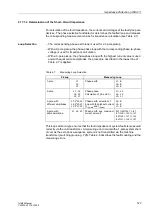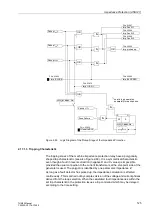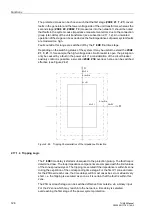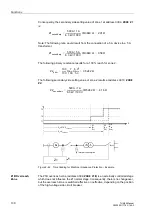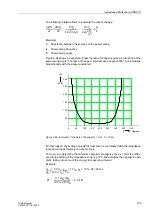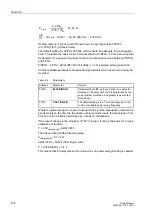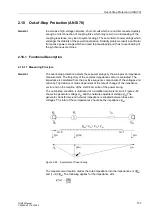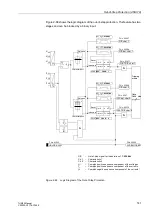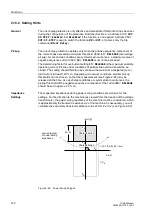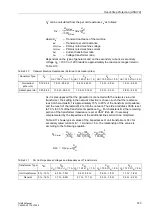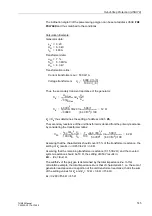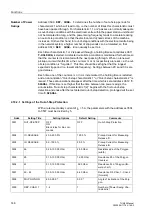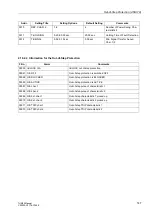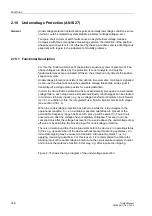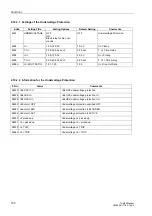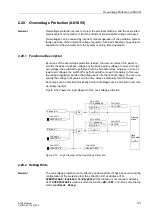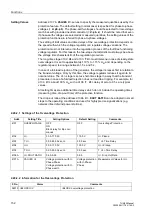
Out-of-Step Protection (ANSI 78)
137
7UM62 Manual
C53000-G1176-C149-3
2.18
Out-of-Step Protection (ANSI 78)
General
In extensive high-voltage networks, short-circuits which are not disconnected quickly
enough, or disconnection of coupling links which may result in an increasing of the
coupling reactance, may lead to system swings. These consist of power swings which
endanger the stability of the power transmission. Stability problems result in particular
from active power swings which can lead to pole-slipping and thus to overloading of
the synchronous machines.
2.18.1 Functional Description
2.18.1.1 Measuring Principle
General
The out-of-step protection detects these power swings by the well-proven impedance
measurement. The trajectory of the complex impedance vector is evaluated. The
impedance is calculated from the positive sequence components of the voltages and
currents. Trip decision is made dependent of the rate of change of the impedance
vector and on the location of the electrical centre of the power swing.
The out-of-step condition is illustrated at a simplified equivalent circuit. Figure 2-65
shows the generator voltage U
G
and the network equivalent voltage U
N
. The
generator, transformer, and network impedance is situated between these two
voltages. The total of these impedances should be the impedance Z
tot
.
Figure 2-65
Equivalent of Power Swing
The measurement location divides the total impedance into the impedances m
⋅
Z
tot
and (1-m)
⋅
Z
tot
. The following applies for the impedance at m:
∼
∼
Z
G
Z
Tr
I
N
U
G
U
N
U
G
U
N
U(m)
m=0
m=1
Z
tot
=
Z
G
+
Z
Tr
+
Z
N
U
G
U
N
U(m)
δ
Z(m)
U(m)
I(m)
-------------
=

